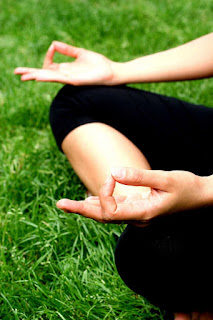Pranayama - The Fourth Limb of Yoga

Pranayama involves the use of various breathing techniques, and can be translated as "control of the breathing", or "breathing exercises." However, the use and effects of pranayama are much greater than this. The word prana actually refers to the “vital life force” and ayama means “to control or extend”, so pranayama can also be defined as “extension of the life force”, which is why it can help to restore, to heal and to relax.
.
The yogis figured out in ancient times that “when the breath wanders, i.e. it is irregular, the mind is also unsteady, but when the breath is still, so is the mind, and the yogi lives long. So one should restrain the breath.” (Hatha Yoga Pradipika).
The yogis also believed that the length of our lives could be measured in terms of how many times we are destined to breathe, rather than in terms of days or years. We can observe the same in the animal kingdom, animals such as tortoises, elephants, and snakes have a slow breathing rate and live longer those with a fast breathing rate such as dogs, birds, and rabbits, who live shorter lives. As there is a direct relationship between respiration and the heart, if we breathe more slowly this leads to a slower heart rate and therefore a longer life.
There are various types of pranayama for different purposes, which have different effects on the body. A selection of these are:
1. Nadi Shodhana
2. Surya Bhedana
3. Chandra Bhedana
4. Ujjayi
5. Bhastrika
6. Bhramari
Further References to Pranayama in the Yogic texts:
Further References to Pranayama in the Yogic texts:
The Bhagavad Gita:
Krishna says to Arjuna, “Some offer up prana, the mysterious vital energy force within them. They do this through control of the breath, literally stopping their inhaling and exhaling.”
The Shvetashvatara Upanishad:
“Bring your mind and breath under control…..and you will attain the unitive state.”
The Upanishads:
The Upanishads:
We are advised that the correct posture for pranayama is to “be seated with spinal column erect". As we "turn the senses and mind deep within", we must “hold the reins of the mind as we would hold the reins of the restive horses.”

